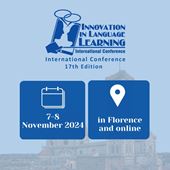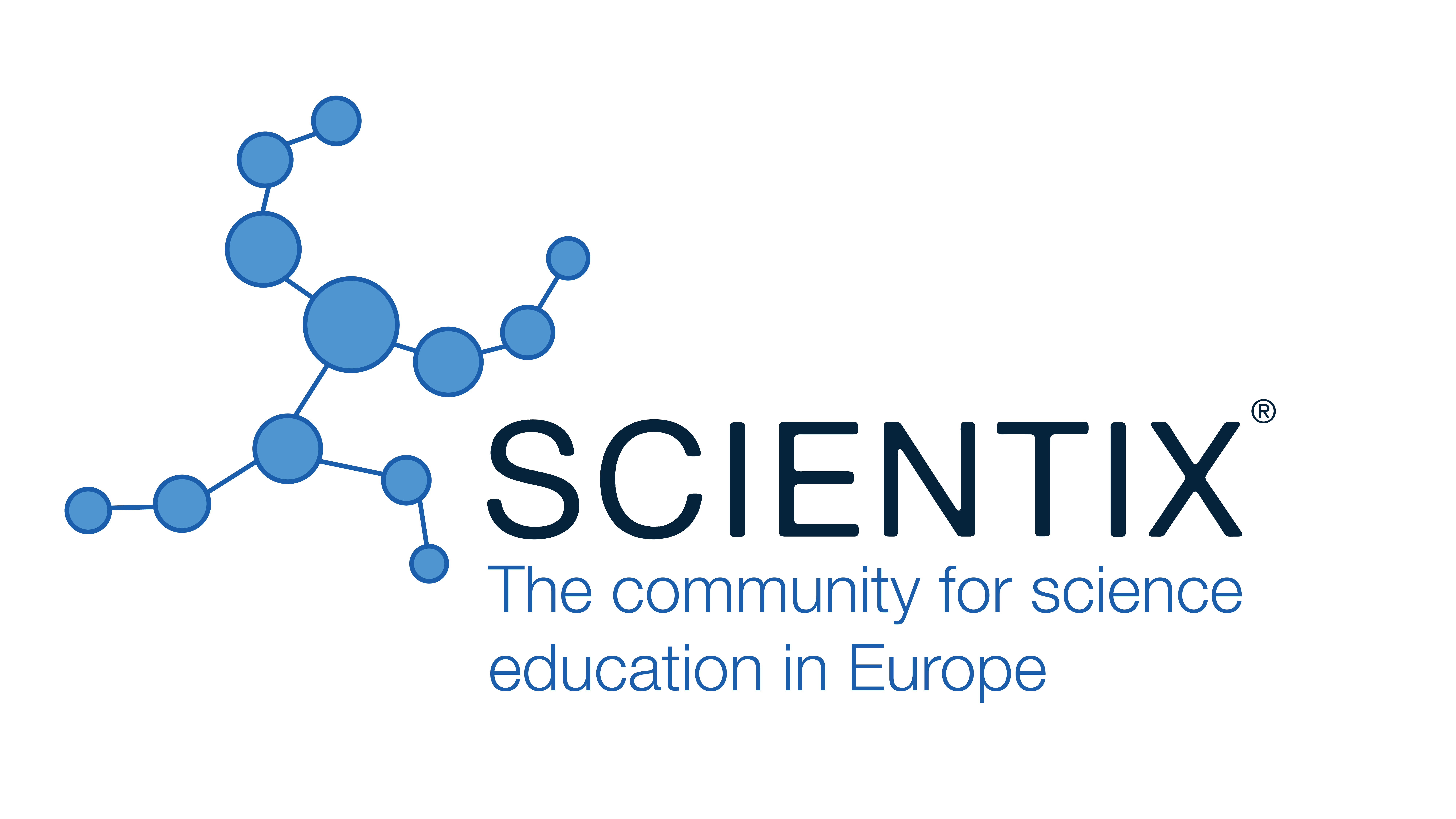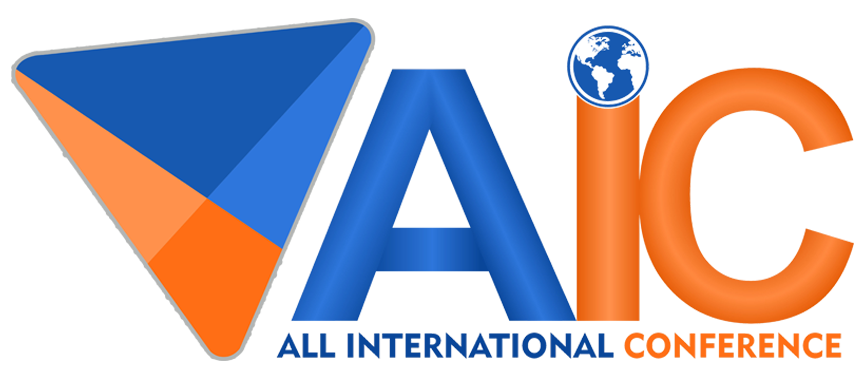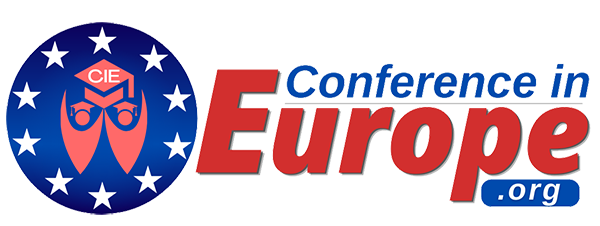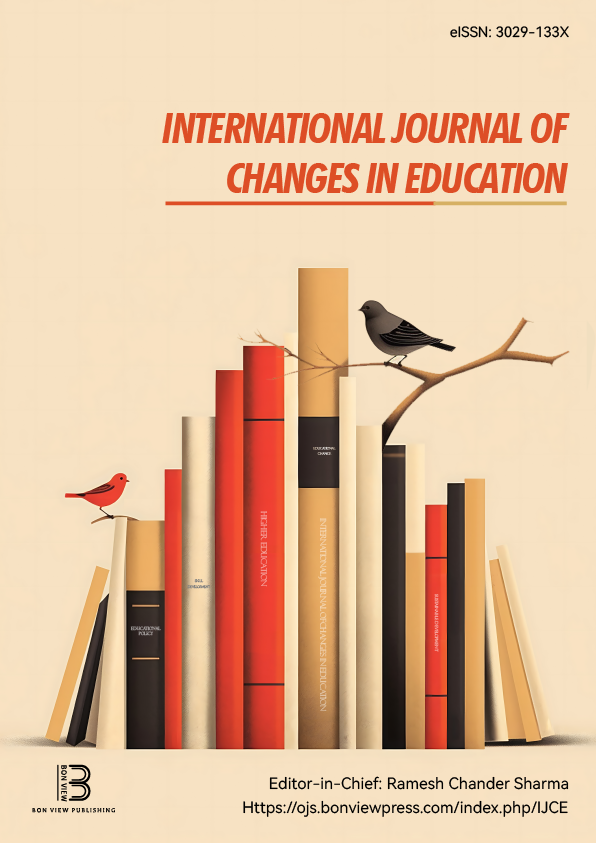Educational Effects of Pair Programming with Generative AI for Novice Learners
Mikihiko Mori, Hosei University (Japan)
Yu Tsukamoto, Benesse Corporation (Japan)
Shuichiro Ogawa, Office Nice (Japan)
Abstract
Recent advancements in generative AI have enabled learners to implement software through prompt-based programming. However, novice learners, particularly students from non-technical disciplines, often lack the foundational knowledge and experience needed to interpret AI-generated code. Consequently, they struggle to identify where and how the code should be modified, making it difficult for them to engage even in basic trial-and-error refinement. This challenge is consistent with what previous research has described as “Complex Solutions” [1]. Such difficulty limits opportunities for learning through debugging and iterative improvement.
In this paper, we propose an instructional approach in which two learners engage in pair programming while collaboratively designing and revising prompts for a generative AI tool and jointly refining the resulting program code to develop an application that addresses social issues relevant to the learners. The approach was carried out with 12 university students from non-technical disciplines who were novice learners with no prior programming background. Pre- and post-intervention surveys using the Design Attitude Measurement [2] and a creativity measure based on the category of creativity called “mini-c” [3] were administered. The results showed increases in optimism and collaboration on the design attitude measurement, as well as improvement in the self-expression of creativity in “mini-c,” which is the ability to articulate one’s creative thinking to oneself and others. This finding may relate to results reported in a previous study [4], which showed that assignment performance was highest when information science students engaged in pair programming with generative AI.
 New Perspectives in Science Education
New Perspectives in Science Education


